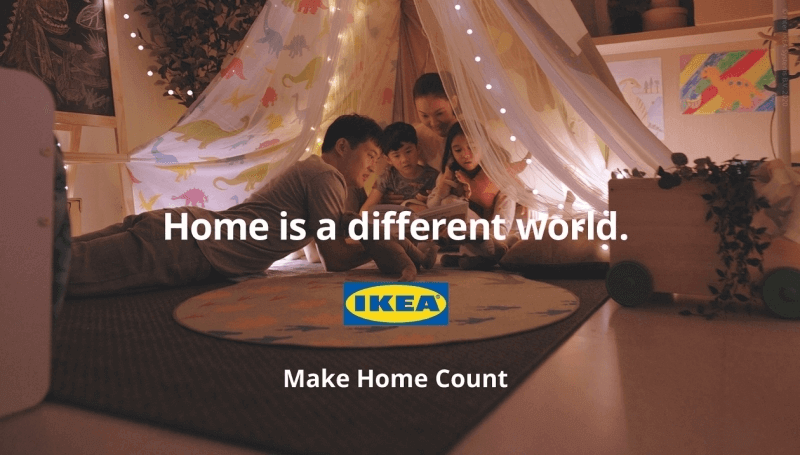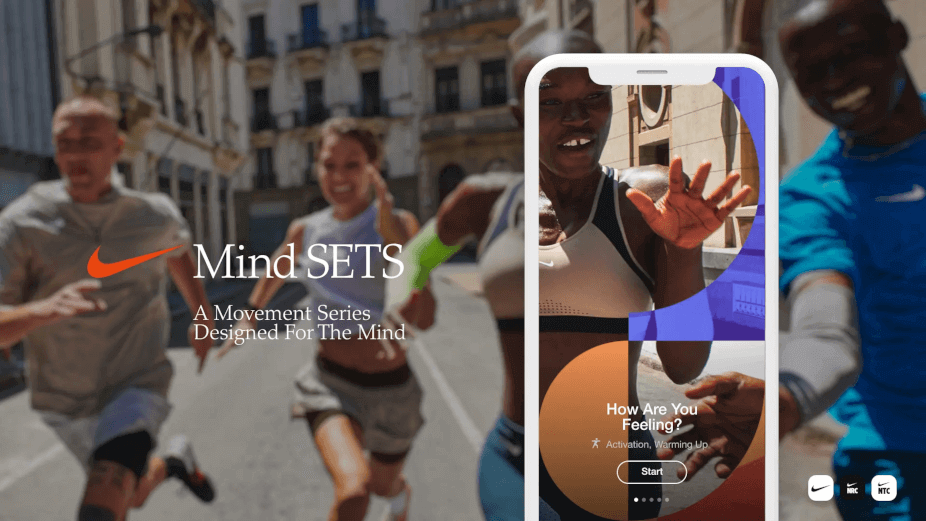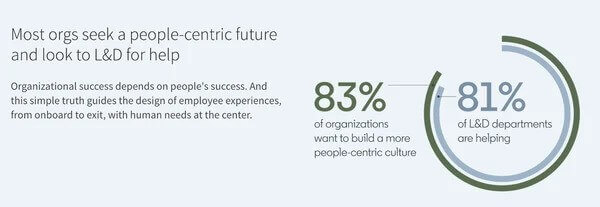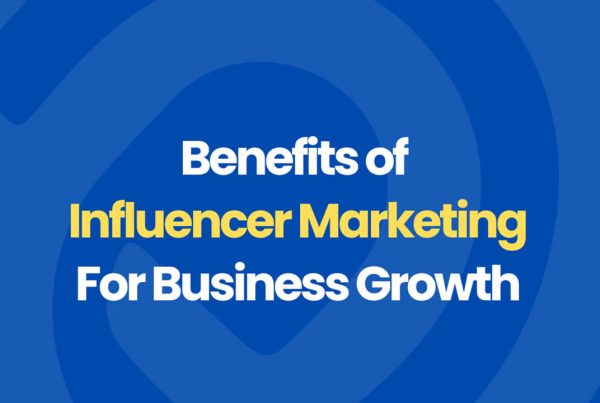
Have you ever come across a brand that truly understands you? When a product, an ad, or even a simple email feels like it was made just for you, that’s not a coincidence, it is empathy in marketing.
Marketing isn’t just about selling products. It’s about making real connections, building trust, and showing customers they matter. This all happens when you implement empathetic marketing tactics.
So, when you put people first and genuinely understand their needs, struggles, and emotions in the era of the bombardment of ads, your brand stops being another option. It becomes the one they choose, love, and stay loyal to. This is the result of connecting with customers on an emotional level, which draws them towards brands that understand.
Let’s explore how an empathetic tone in marketing shapes brand growth, why it works, and how you can use it to build stronger customer relationships.
What Is Empathy in Marketing?
Empathy in marketing means seeing the world through your customers’ eyes. It’s about stepping into their shoes, understanding their problems, and addressing their needs in a personal and authentic way. Instead of what you want to sell, you focus on what they need and how you can give it to them.
Traditional marketing often pushes messages with a one-size-fits-all approach. But today’s audience expects more. They want brands to listen, respond, and care. That’s why empathy in marketing ensures that everyone feels seen and heard, no matter their background, preferences, or challenges.
Think about the brands that connect with people, such as Nike, Dove, or IKEA. They don’t just sell products; they tell stories, address real-life issues, and make customers feel valued. That’s the power of empathy in action.
Why Is Empathy in Marketing Paramount?
Empathy isn’t just a feel-good strategy, it’s a business game-changer. When customers feel understood, they engage, trust, and buy more. Moreover, in a world where competition is fierce, building trust is everything.
Firstly, empathy fosters deeper customer relationships. When your marketing resonates emotionally, customers don’t just see you as a brand, they see you as an ally. They’re more likely to stick around, recommend you to others, and choose you over competitors.
Secondly, it helps you create more impactful campaigns. Instead of guessing what might work, you’re crafting messages that genuinely speak to your audience. Your brand remains relevant and relatable by keeping an ear to the ground, paying attention to feedback, and adjusting your approach accordingly.
Finally, empathy helps you stand out. Consumers are bombarded with generic ads daily, and most blend together. But when a brand truly understands its audience, it captures attention.
Examples of Empathy in Marketing
IKEA

IKEA is known for its marketing and storytelling, but it took things a step further during the pandemic. With the entire world confined to their homes, the brand shifted its messaging to celebrate the beauty of staying in.
Their campaign didn’t just push furniture, it validated customers’ emotions, reminding them that their homes were a place of comfort, safety, and connection. By aligning their products with a universal human experience, IKEA strengthened its emotional bond with customers.
Why It Worked
IKEA’s campaign was successful because it made an emotional connection with people during a time of global uncertainty. Instead of focusing solely on selling furniture, the brand acknowledged the importance of the home as a place of security and comfort. This approach resonated deeply with consumers, reinforcing trust and brand loyalty.
Dove

Dove’s 2013 “Real Beauty” campaign was a game-changer. It highlighted how self-esteem issues affect both men and women, showcasing how people see themselves versus how others perceive them.
By having an artist draw two portraits, one based on self-description and the other based on an outsider’s description, the campaign revealed a powerful truth: people are often their own harshest critics.
Why It Worked
Dove’s campaign was impactful because it highlighted a universal struggle with self-esteem issues. By contrasting self-perception with external perception, the campaign created an eye-opening moment for viewers.
This emotional insight encouraged people to embrace self-love, building a strong, lasting connection between Dove and its audience.
Nike

Nike has always been a leader in emotional storytelling, but their “Mind Sets” campaign took empathy to a new level. Instead of focusing solely on athletic performance, this campaign addressed mental health, a topic often overlooked in the fitness industry. By asking, “How do you feel?” instead of “Just do it,” Nike encouraged its audience to prioritize self-care.
Why It Worked
Nike’s “Mind Sets” campaign resonated because it addressed an often-overlooked aspect of health and mental well-being. By shifting its messaging from physical achievement to emotional support, Nike showed it cared about more than just sports.
This approach strengthened the brand’s relationship with customers and reinforced its authenticity.
LUSH

LUSH is built on transparency, and its “How It’s Made” video series reflects that value. By taking customers inside the factory and showing them real employees hand-making their products. Also, LUSH fosters trust through visually authentic design.
Why It Worked
LUSH’s campaign succeeded because it emphasized radical transparency. Customers today want to know exactly what goes into the products they use, and LUSH delivers that information in a visually engaging manner. The brand deepened trust by humanizing the production process and reinforcing its commitment to ethical sourcing.

LinkedIn’s Talent Solutions team provides HR professionals with tools to enhance recruitment and engagement. But beyond that, LinkedIn creates insightful reports and blogs that help professionals grow in their careers, aligning with its mission of building a better working world.
Why It Works
LinkedIn’s approach is effective because it positions the brand as an educational authority rather than just a networking platform. By providing valuable insights and data-driven reports, LinkedIn empowers professionals and businesses. This strategy not only builds trust but also increases engagement with their services.
Empathy isn’t a trend it’s a necessity. Brands that listen, care, and connect on a deeper level build trust that lasts. The key is focusing on real people, emotions, and needs. When you do that, marketing stops being about selling and starts being about building relationships that drive growth.
FAQs
Q: What are the 4 A’s of customer empathy?
A: The 4 A’s are Awareness, Acceptance, Appreciation, and Action. It means noticing what customers need, accepting their feelings, valuing their opinions, and taking steps to help them.
Q: What does empathy mean in business?
A: Empathy in business means understanding customers’ feelings and problems and then offering solutions that make their lives easier and better.


